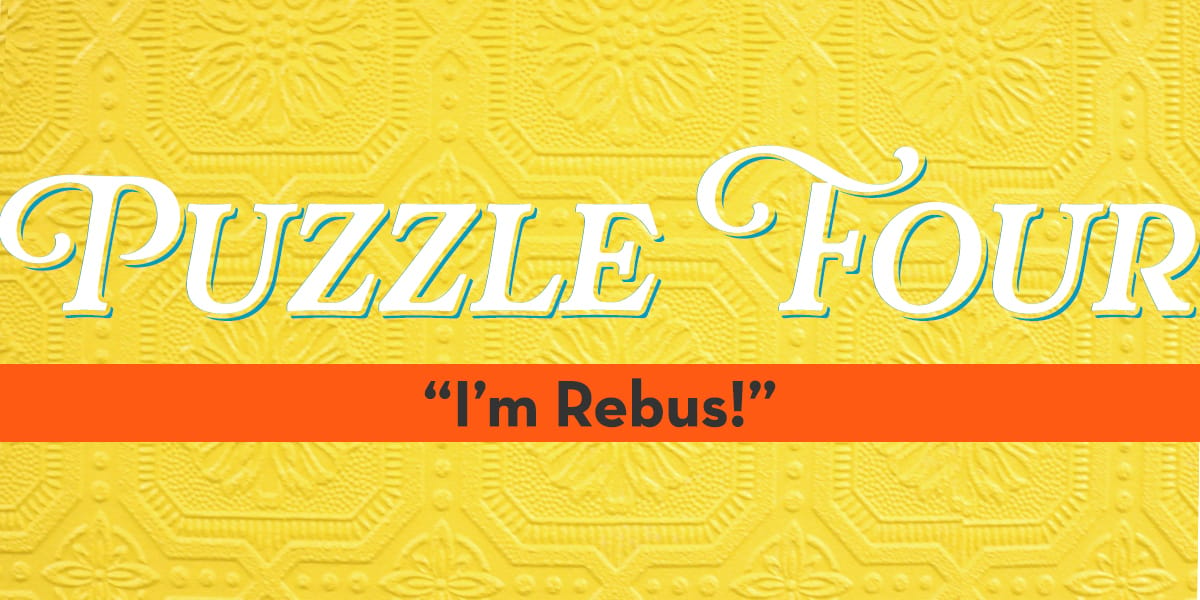
Let me start by addressing the non-numbers people in the audience: How are your calculator fingers feeling? Did you remember what the word “product” means, math-wise?
This puzzle was a classic logic puzzle, concealed in a classic piece of cinema, wrapped in a modern social media layer. But ultimately— it was about following the rules.
But enough dwelling in the past! Let’s rev the engines to 88mph and crack this puzzle wide open!

The rules, once again:
None of the digits repeat.
The product of the first and last digits is greater than 7.
At least a couple of the digits were back-to-back, like... y’know, next to each other?
If you split it into two two-digit numbers, they’re both prime.
I think the number ends with an odd digit? That seemed important lol.
The sum of the first two digits is equal to the third.
The year must be in the past.
Step 1: Rule 4 says we need a four-digit number that can be split into two 2-digit primes.
So, if we think algebraically, the number looks like ABCD, and AB and CD are both prime numbers.
Since the year is in the past, AB must be one a prime between 10 and 19:
11, 13, 17, or 19
Rule 1 says digits can’t repeat, so 11 is out, leaving us with:
13, 17, 19
Step 2: What primes can we try for our last two digits, CD?
We’re looking for two-digit primes with no repeated digits. Luckly, every option ends in an odd digit, so we are good on Rule 5.
13, 17, 19, 23, 29, 31, 37, 41, 43, 47, 53, 59, 61, 67, 71, 73, 79, 83, 89, 97
Now let’s apply Rule 3: at least two digits in the number must be sequential. In this list, only a few CD pairs include sequential digits, or could be sequential along with our AB options:
23, 41, 43, 47, 83, 89
Step 3: Rule 2 — the product of the first and last digits must be greater than 7.
Our first digit is going to be a 1 no matter what, since we’re in the past. In that case, only one of our working options fits: 1 × 9 = 9. 89
Step 4: Rule 6 — the sum of the first two digits equals the third.
1 + 7 = 8
There we have it. The year must be 1789.
Sure, the kid could have been doing a project on the Bastille, the U.S. Constitution, or the mutiny on the Bounty… but if you ever find yourself stuck in 1789, do yourself a favor and catch the premiere of Mozart’s “Clarinet Quintet in A.” That man was poppin’ off.

We had a record number of correct entries to be added to this month’s Puzzleboy Pantheon! Congratulations, all, but also, my sincerest apologies— your life has hit its apex.
Audrey A.
Kari A.
Emile B.
Jeremy B.
Dan B.
Kyle C.
Eric C.
Dan C.
Katie C.
Katie C.
Dan C.
Mike D.
Lynda E.
Anne E.
Laurie F.
Jesse F.
Chris F.
Sam G.
Cyrus H.
Ken H.
Brad H.
Gabe H.
Bailey J.
Kristen K.
Erin K.
Brad K.
Sam L.
Helene L.
Maxim L.
Lisa L.
Robin L.F.
Jim M.
Tina M.
Tim M.
Matt M.
Matt M. (2)
Andrew P.
Amanda P.
Tony S.
Stacey S.
Luke S.
David T.
Rakedu T.
Len V.
Dee W.
A W.
Edward W.
Jay W.
Perhaps you prefer your puzzles a bit more visual? Next month, six brand new comic strips, written and drawn by The Puzzleboy are on their way to break your brain.
Join us on August 1st for:

